DESIGN PAPER 1 GRADE 12 QUESTIONS - NSC EXAMS PAST PAPERS AND MEMOS NOVEMBER 2018
Share via Whatsapp Join our WhatsApp Group Join our Telegram GroupDESIGN
PAPER 1
GRADE 12
NSC EXAMS
PAST PAPERS AND MEMOS NOVEMBER 2018
INSTRUCTIONS AND INFORMATION
- This question paper consists of SIX questions.
- There are three choice questions in this question paper. Read the options carefully.
- This question paper consists of THREE sections:
SECTION A: Design literacy (30 marks)
QUESTIONS 1 to 3
SECTION B: Design history (30 marks)
QUESTION 4
SECTION C: Design in a sociocultural/environmental and sustainable context (40 marks)
QUESTIONS 5 and 6 - Read the requirements of each question carefully.
- Answer in full sentences and avoid the listing of facts. Do NOT answer in tabular form.
- Use the mark allocation to determine the time to be spent on each question.
- Do NOT repeat the same facts and examples in different questions.
- Write neatly and legibly.
QUESTIONS
SECTION A: DESIGN LITERACY
QUESTION 1: 'UNSEEN' EXAMPLES
Answer EITHER QUESTION 1.1 OR QUESTION 1.2.
1.1 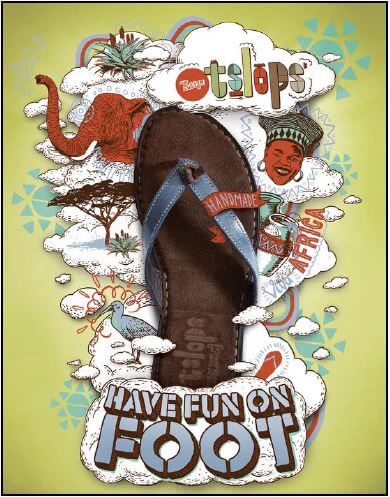
FIGURE A: Tslops Poster by Hylton Warburton (South Africa), 2011.
1.1.1 Analyse the use of the following elements and principles in FIGURE A above:
- Colour
- Contrast
- Focal point
- Unity (4 x 2) (8)
1.1.2 Discuss how unity in diversity is achieved in this poster. Refer to TWO symbols used in FIGURE A above to achieve this. (2) [10]
OR
1.2 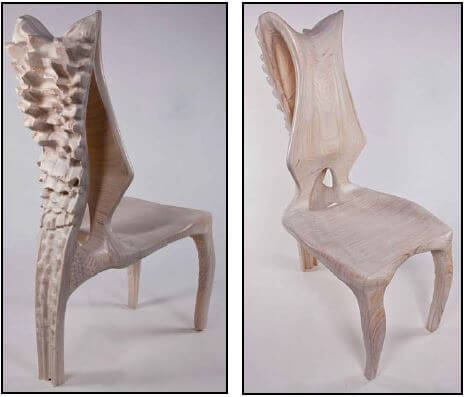
FIGURE B: Exocarp Chair by Guillermo Bernal (Italy), 2015.
Explain the use of the following design terms by referring to FIGURE B above:
- Biomimicry
- Ergonomics
- Form
- Texture
- Balance (5 x 2) [10]
QUESTION 2: COMMUNICATION THROUGH DESIGN 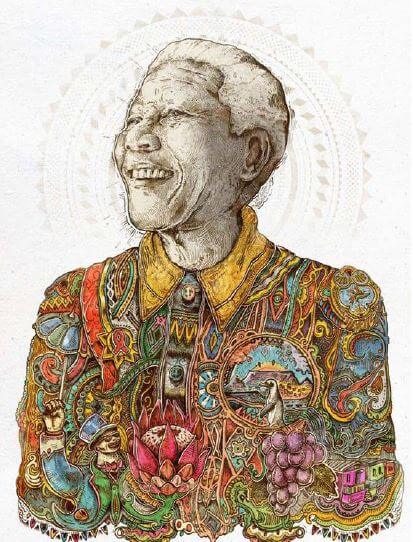
FIGURE C: Nelson Mandela Poster by The Mandela Poster Project, 2013.
2.1 Identify THREE images that have symbolic value AND explain their possible meanings with reference to the poster in FIGURE C above. (6)
2.2 Discuss how the use of colour contributes to communicating the meaning of the poster above. (2)
2.3 Discuss why the poster in FIGURE C may be considered to be biased. (2) [10]
QUESTION 3
Answer EITHER QUESTION 3.1 OR QUESTION 3.2.
3.1 Refer to FIGURE D and FIGURE E below and answer the question that follows. 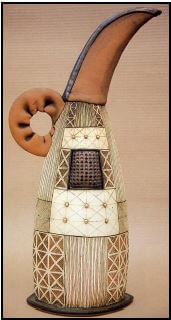
FIGURE D: Teapot by Hennie Meyer (South Africa), 2015. 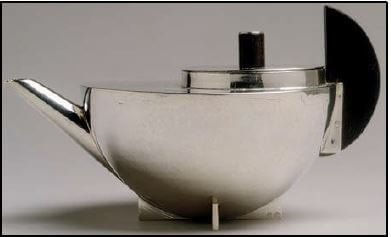
FIGURE E: Tea Infuser and Strainer by Marianne Brandt (Germany), 1924.
Write an essay of at least 200–250 words (ONE page) in which you compare FIGURE D with FIGURE E.
Refer to the following:
- Form
- Production method
- Medium
- Decoration
- Inspiration (5 x 2) [10]
OR
3.2 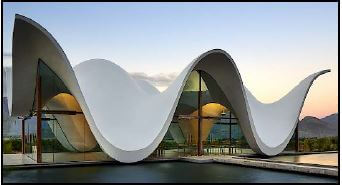
FIGURE F: Bosjes Chapel by Steyn's Studio (South Africa), 2016. 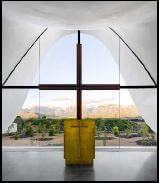
Interior of Bosjes Chapel by Steyn's Studio (South Africa), 2016. 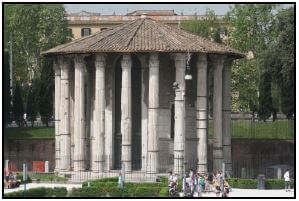
FIGURE G: Temple of Hercules (Italy), 2nd century BCE. 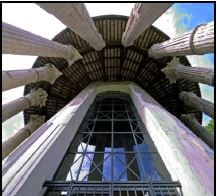
Detail of Temple of Hercules (Italy), 2nd century BCE.
3.2.1 Compare, in a paragraph, the structures and influences on the places of worship above.
3.2.2 Write an essay of at least 120–150 words (half a page) in which you compare the contemporary Steyn's Studio chapel in FIGURE F with the Ancient Roman temple of Hercules in FIGURE G.
Alternatively, you may compare any Classical building that you have studied with any contemporary building that has a similar function.
Refer to the following:
- Materials
- Technology
- Function (3 x 2) (4) (6) [10]
TOTAL SECTION A: 30
SECTION B: DESIGN HISTORY
QUESTION 4
4.1 
FIGURE H
FIGURE I
Select TWO movements from the list below. Write an essay of 400–450 words (TWO pages) in which the one movement reflects the quote in FIGURE H while the other movement reflects the quote in FIGURE I.
Briefly discuss the aims, influences and characteristics of EACH movement, explaining how EACH movement reflects the selected quote. Refer to ONE example and designer of EACH movement in your discussion to motivate your statements.
- Gothic
- Renaissance
- Baroque
- Neoclassicism
- Arts and Crafts
- Art Deco
- De Stijl
- Bauhaus
- Scandinavian
- Pop
- Postmodernism
- Constructivism (20)
4.2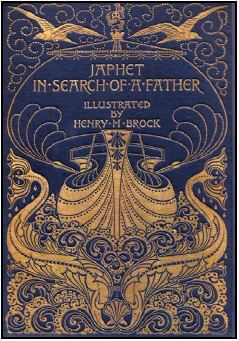
FIGURE J: Book Cover by HM Brock, Art Nouveau (England), 1895. 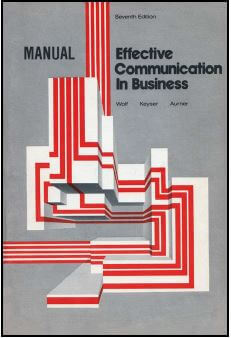
FIGURE K: Book Cover, designer unknown, Modernism (USA), 1950s.
In an essay of 200–250 words (ONE page) compare the two illustrated book covers above to explain why they represent the movements they belong to.
Refer to the following in your discussion:
- Influences
- Aims
- Colour
- Line
- Shape (5 x 2) (10)
TOTAL SECTION B: 30
SECTION C: DESIGN IN A SOCIOCULTURAL/ENVIRONMENTAL AND SUSTAINABLE CONTEXT
QUESTION 5
Answer EITHER QUESTION 5.1 OR QUESTION 5.2.
5.1 
FIGURE L: 'Words kill wars' Poster by Ogilvy & Mather (Japan), 2017.
5.1.1 Explain how the message is portrayed by the poster in FIGURE L above by referring to the following:
- Composition
- Symbolism
- Use of imagery (3 x 2) (6)
5.1.2 Write TWO separate essays of at least 200–250 words EACH (TWO pages in total) in which you name and discuss the works of ONE South African contemporary designer/design group AND ONE international contemporary designer/design group who highlights sociocultural concerns.
Support your discussion with the following:
- A brief analysis of ONE example by EACH designer/design group
- Why can the example above be considered ethical and human centred?
- How are these sociocultural concerns addressed? (Refer to work processes, materials and design ethic.)
You may NOT refer to any designer(s)/design group(s) that you have discussed previously or design examples used in this question paper. (14)
OR
5.2 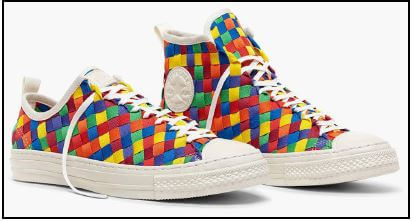
FIGURE M: Colour-weaved Collection, only available in South Africa by Converse Chuck Taylor (USA), 2014.
5.2.1 Discuss the role of indigenous crafts in modern society by referring to the design in FIGURE M above.
5.2.2. You are a member of your school's newsletter team. Your team has been asked to write an article discussing a specific indigenous craft practised in South Africa. Write an essay of at least 200–250 words (ONE page) supporting the continued practice of this craft.
Refer to the following in your essay:
- The historical context of this craft
- The social value of this craft
- Materials, methods and processes used
- A brief analysis of ONE work, as well as the name(s) of the cultural group/craftsperson that produced it (2) (8)
5.2.3
It is possible to fuse traditional and modern techniques from two separate cultures to design something that is relevant for the contemporary international market. |
Refer to the statement above and write an essay of approximately 200–250 words (ONE page), discussing ONE South African contemporary designer/design group that uses traditional craft techniques in a modern way.
Refer to the following in your discussion:
- Name of the designer/design group and his/her/their design product(s)
- A detailed description of how traditional techniques/methods and materials have been applied to contemporary design. Refer to specific examples to support your statements.
- A discussion of the sociocultural contribution of the design(s)
You may NOT refer to any designer/design group that you discussed previously or design examples used in this question paper. (10) [20]
QUESTION 6
6.1 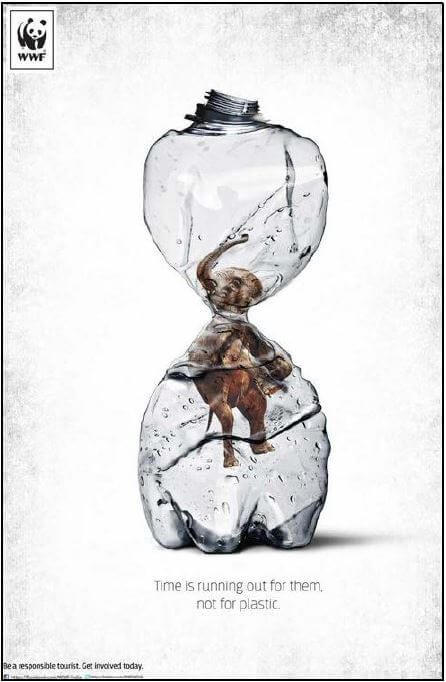
FIGURE N: Plastic Pollution Poster by the World Wide Fund for Nature (India), 2014.
6.1.1 Discuss the aims of the poster in FIGURE N above and explain how these aims are achieved. (4)
6.1.2 Define and compare the terms recycle and upcycle. (2)
6.2 Write TWO separate essays of at least 200–250 words EACH (TWO pages in total) in which you name and discuss the works of ONE South African contemporary designer/design group AND ONE international contemporary designer/design group whose work explores sustainability and transforms materials/sites into significant designs.
Refer to the following in your discussion:
- Name of the designer/design group and his/her/their design product(s)
- A discussion of the aims, design processes and materials of the above designer/design group
- A discussion of ONE example to explain its transformation and impact on the environment
You may NOT refer to any designer/design group that you discussed previously or design examples used in this question paper. (14) [20]
TOTAL SECTION C: 40
GRAND TOTAL: 100